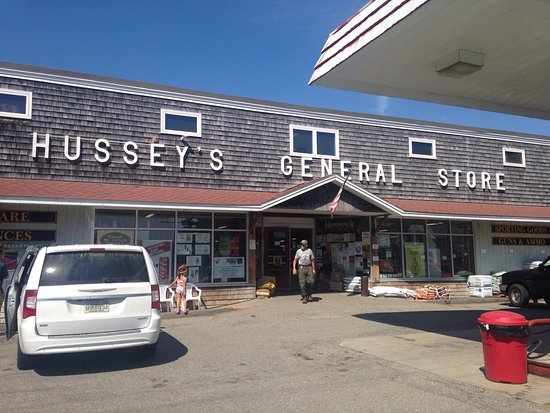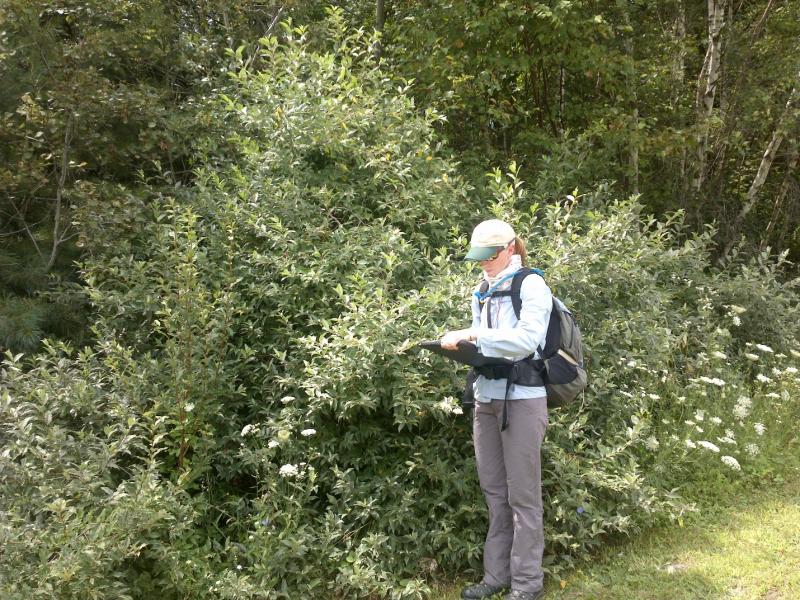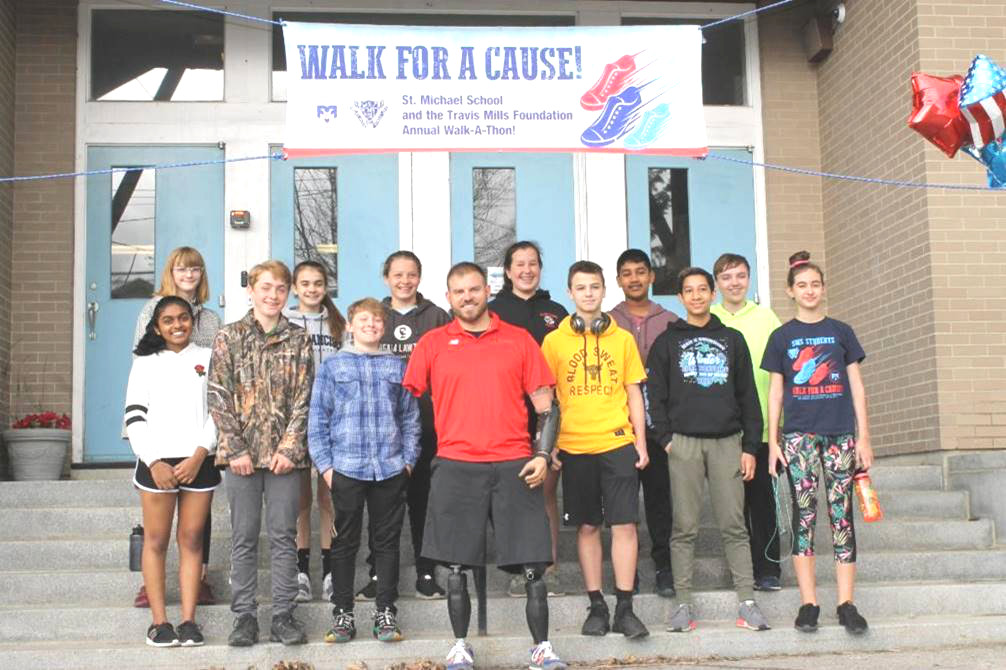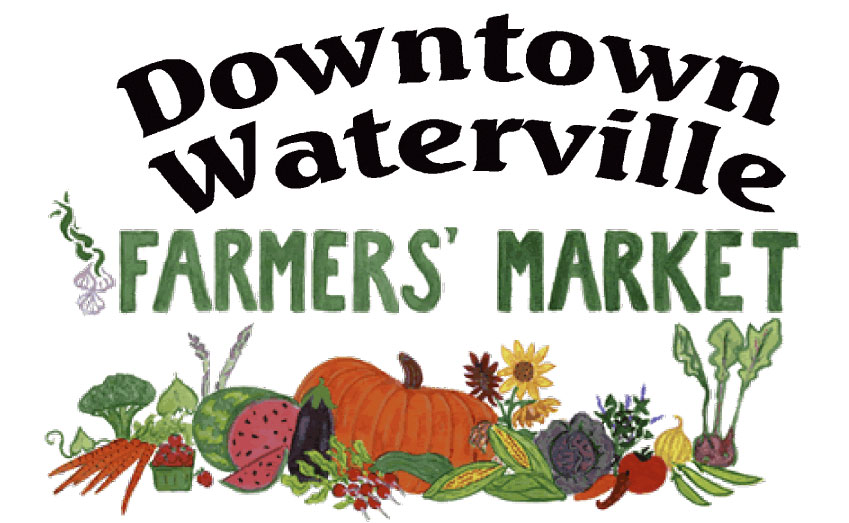Introduction: so far this series of historical essays has focused on towns along the central part of the Kennebec River between Augusta and Fairfield–Benton, and on the river itself. Next we’ll move inland to four towns farther east: Windsor, east of Augusta; China, east of Vassalboro; Albion, east of Winslow and southeast of Benton; and Palermo, east of China and barely touching Windsor on the southwest and Albion on the northwest.
Windsor, China and Albion are in Kennebec County; Palermo is in Waldo County. Windsor, China and Albion are in the watershed of the Sheepscot River. The main river flows southwest from Sheepscot Pond in Palermo; the West Branch originates in northwestern Palermo, flows through Branch Pond and joins the main river between Coopers Mills and North Whitefield.
Albion is in the Sebasticook River watershed; the Sebasticook flows into the Kennebec at Winslow.
* * * *
Unlike the Kennebec River towns, towns like Windsor were not always surveyed and settled from the coast or river inland. In his comprehensively researched good Land & fine Contrey but Poor roads a history of Windsor, Maine (1993), Linwood H. Lowden writes that Windsor was settled initially from Bristol via Whitefield to the south, later from China and Vassalboro to the north and northwest. Moving directly inland from Hallowell (later Augusta) on the Kennebec was discouraged by an intervening area of swampy, boulder-strewn land that would not appeal to aspiring farmers, he suggests.
How much Windsor’s settlement lagged behind its northern and southern neighbors depends on the source of information. Lowden says the first documented Windsor resident was Ebenezer Grover, who came from Ballstown (now Whitefield) and took over meadowland in southern Windsor, northeast of the current junction of Routes 17 and 32. Grover came in 1781, but kept his Ballstown farm until December 1786. Lowden cites deeds showing him in a house on the west bank of the West Branch of the Sheepscot River by 1793.
Another early settler was John Linn, who brought his wife and 10 children from Bristol in 1801 and settled in the Windsor Corner area in the middle of town. Windsor Corner, also called Windsor Corners and Windsor Four Corners, is the intersection of Route 32 (also Ridge Road) and Route 105 in the middle of town. In 1807 Linn wrote a letter about his property deed in which he used the phrase that is the title of Lowden’s book.
Henry D. Kingsbury says, in his 1892 Illustrated History of Kennebec County Maine 1625-1892, that Walter Dockindoff (or Dockendorff, according to Lowden) who came from Bristol around 1790, was the first settler. Dockindoff’s land, Kingsbury says, was “about a mile west of Windsor Corner.”
Kingsbury says Dockindoff planted the first apple orchard in Windsor. Lowden believes Linn also started growing apples very early. When Linn sold his property in 1811 to his son, he reserved the right to continue to tend his trees and to move them later (which Lowden says he apparently did).
Lowden adds that by the 1860s Windsor was known for its apples, and they remained important in the agricultural economy until a hard freeze in the winter of 1933-34 killed many trees.
[See also: A history of Hussey’s General Store]
Kingsbury comments that Windsor is unusual in having all or parts of seven separate ponds within town boundaries, none of them very big. Some modern maps, like the 1984 edition of DeLorme’s Maine Atlas and Gazetteer and Google Maps, show six of them and identify five.
The south end of Three Mile Pond juts into northwestern Windsor. Southward is Mud Pond, between Weeks Mills Road and Route 105, unnamed on Google.
Moody or Moody’s Pond, presumably named after an early settler, is north of Route 17, almost due west of the fairgrounds on Route 32. South of that, on the Whitefield line, Windsor includes the northern tip of Given’s or Givens Pond, formerly Longfellow Pond.
In northeastern Windsor, north of Route 105 and northeast of Greeley Road, are Fox Pond and slightly larger Savade Pond. Kingsbury says Fox was named because people saw foxes in the area and Savade is a corruption of “surveyed.”
Kingsbury’s seventh pond, to which he devotes half a paragraph, is extremely small, with steep sides; is in the center of town about three-fourths of a mile south of Windsor Corner; and was first named after Rev. Moses Donnell, renamed Grant Pond by 1892. Kingsbury says it has two significant features, no outlet and, as far as was known in 1892, no bottom.
Rev. Moses Donnell, born in Wiscasset Aug. 25, 1789, was a Methodist preacher who came to Windsor in the spring of 1818. He kept detailed records from which Lowden took information about his strenuous life and how much – or little – money he earned. Lowden lists various houses Donnell probably owned at different times and says he preached in Windsor in 1822 and from 1832 until his death October 2, 1861. After 1838 he was appointed to different “circuits,” preaching in several towns and traveling thousands of miles.
Lowden gives Donnell Pond another name, Dorr or Dorr’s Pond. It is nameless in the 1984 DeLorme atlas and on current Google maps, but the 1856 and 1879 maps reproduced in Lowden’s history show Donnell Pond on the east side of Route 32 a little south of the present Windsor School. Harland Road leaves Route 32 north of the pond and curves southeast around its northern and eastern shores.
(To this writer’s unscientific eye, Donnell Pond appears to be what geologists call a kettle pond. Kettleholes are created when a retreating glacier leaves behind a block of ice that gets covered with sediment and slowly melts, leaving a hole in the ground. Depending on depth, size and location, such holes can become dry land, bogs or ponds. Kettleholes are fairly common in Maine; Stuart and Hamilton ponds in Belgrade, west of the town office, are examples of kettle ponds.)
Another transplant who followed Dockindoff from Bristol was Thomas Le Ballister (Leballister, according to Lowden; Labalister, according to Geo. J. Varney’s 1886 Gazetteer of the State of Maine), who settled on 300 acres in the southeastern part of town and, Kingsbury said, found squatters already there, including Grover and the Trask brothers, Edward and Joseph.
Josiah Jones surveyed 6,000 acres in southeastern Windsor in 1797 on behalf of Grover and others. They called the area Pinhook, apparently because of a kink in the nearby West Branch of the Sheepscot River. By 1799, Lowden writes, it was generally known as Waterford, later sometimes New Waterford. He suggests the name might have been proposed by Richard Meagher, an early land speculator and agent for the Kennebec Proprietors, who came from Waterford County in Ireland. Lowden also cites a single 1805 reference to New Windsor.
On March 3, 1809, Kingsbury writes, the town was incorporated as Malta. That name was an error, according to Lowden, who quotes a petition to the Massachusetts General Court, signed by 43 residents, asking that New Waterford plantation become an incorporated town named Alpha. Legislative documents approved incorporating Alpha; but the final act incorporating the new town in February 1809 showed the name as Malta. Lowden blames “the slip of a clerk’s pen.”
Residents did not like the name Malta, and in the fall of 1820, town meeting voters approved a petition to the Maine legislature to change Malta to Lexington (Lowden does not say why the name was chosen). Again they did not get their way. On March 10, 1821, the legislature passed a bill renaming the town Gerry, honoring Eldridge Gerry (July 17, 1744 – Nov. 23, 1814), Massachusetts governor and later James Madison’s vice-president and the politician after whom “gerrymander” was named.
Residents promptly appointed a six-man committee to choose another name. On Jan. 9, 1822, the town became Windsor. Lowden cannot say why, or even whether, the committee recommended that name. Ava Harriet Chadbourne, in her Maine Place Names and the Peopling of its Towns (1955) says that Windsor is the name of the British royal family but does not explicitly say that Windsor, Maine, honors them.
The main settled areas in early days were in the southern end of town, where Routes 17 and 32 now intersect, and in the middle where Routes 105 and 32 meet. Lowden says the road connecting them, the current Route 32 (Ridge Road), was “an established way” by 1798. There were smaller areas of settlement in West Windsor and North Windsor.
As more people moved to town, the West Branch of the Sheepscot and several smaller streams provided water power for numerous mills, mostly sawmiils and gristmills, and Kingsbury and Lowden list 19th-century stores, blacksmith shops and other businesses scattered throughout.
Although Windsor is not on the Kennebec (it is about 10 miles from the river), Lowden gives three examples of Windsor people involved in Kennebec River activities.
Before 1810, a large seine net at the mouth of Seven Mile Brook, in Vassalboro, trapped alewives that people from Vassalboro, Malta, Sidney and Belgrade shared. The fish were food for the settlers, especially important to poor families, Lowden writes.
In 1810 the Massachusetts General Court passed a law that, as Lowden presents it, explicitly forbade that seine. Lowden does not give a reason. Vassalboro then established its own net farther up the brook and trapped alewives there. Residents of other towns were allowed to buy them, after a delay and at an inflated price.
Lowden quotes the letter Malta selectmen sent to Massachusetts legislators in 1816 asking them, unsuccessfully, to repeal the law. The three selectmen who signed the letter were William Hilton, Walter Dockindorff and John Linn Jr.
In 1834, when the Kennebec Dam Company proposed the first dam across the Kennebec River, Windsor was one of many towns and cities submitting opinions to the legislature. Windsor’s petition, with 57 signatures, supported the dam, saying it “would be of great benefit and utility,” according to Lowden. (See The Town Line, May 7, for more on this and other dams.)
In the 1870s and 1880s, men from Windsor were among the crews cutting ice on the Kennebec. (See The Town Line, May 14, for more on the ice business.) Lowden quotes from Roger Reeves’ diary about both winter and summer work in 1876. In February, Reeves wrote, two men were hired at $1 per day.
Main sources:
Kingsbury, Henry D., ed. Illustrated History of Kennebec County Maine 1625-1892 1892
Lowden, Linwood H. good Land & fine Contrey but Poor roads a history of Windsor, Maine 1993
Hussey, Elwin, and Ballantyne, Kristen (Hussey), emails
Web sites, miscellaneous
 by Debbie Walker
by Debbie Walker








 The Waterville Farmers Market is now open every Thursday, from 2 – 6 p.m., at the Head of Falls, off Front Street. You must order ahead.
The Waterville Farmers Market is now open every Thursday, from 2 – 6 p.m., at the Head of Falls, off Front Street. You must order ahead.



